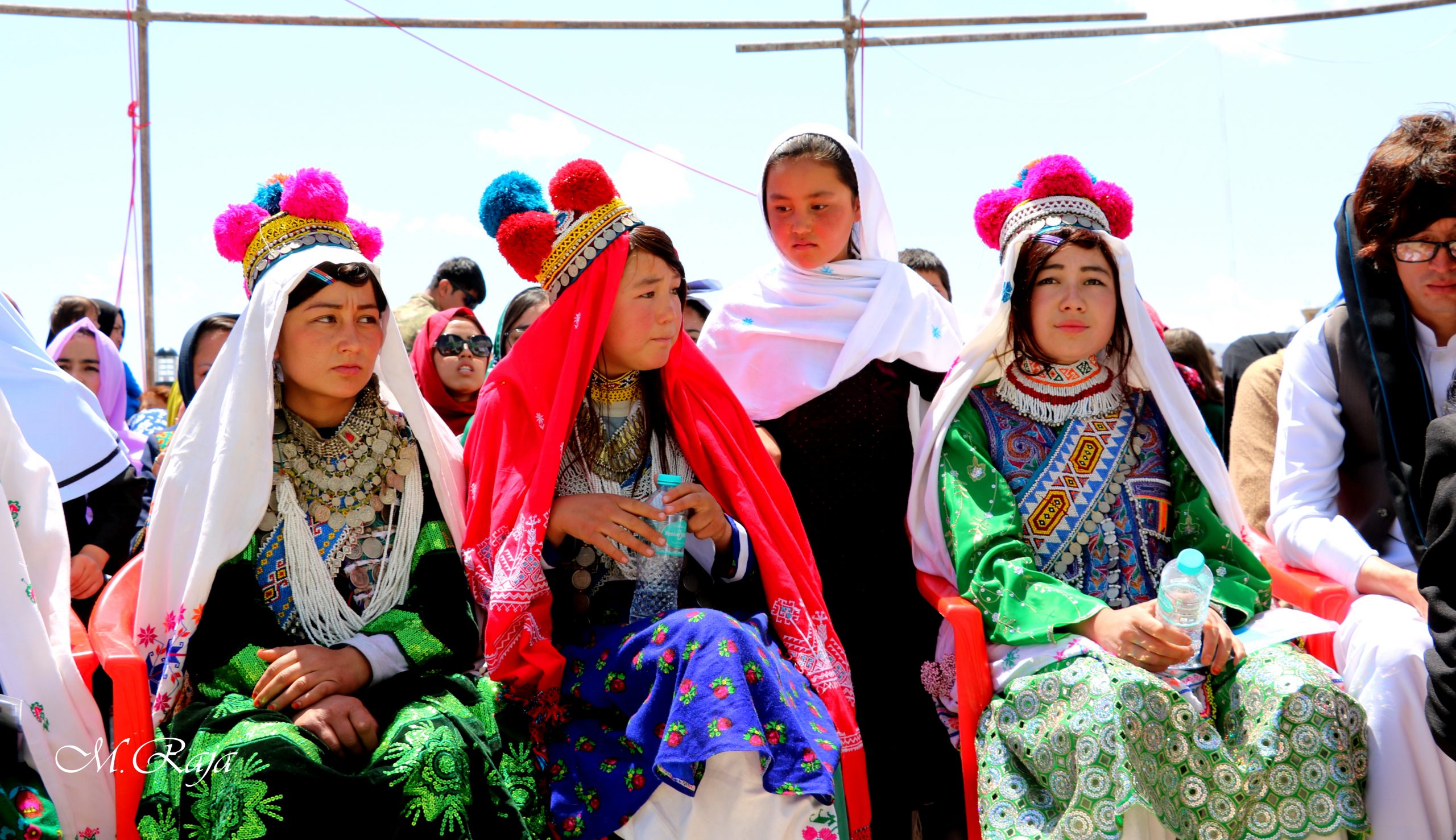
Adela Azin
Translated by M. Rezaie
May 19 the unofficial Hazaras’ Culture Day which is not included in the calendar of Afghanistan was celebrated and warmly welcomed on social media during the past days.
Reactions
The Social media users wore Hazaras’ special clothes and ornaments and congratulated the day to their audience and called Hazaras as the most flexible, civilized, and knowledge-loving ethnic group in the country.
Farhad Darya, the well-known singer of Afghanistan, posted on his facebook, “I wish I was called Hazara and had a Hazara grandmother,” he wrote. And “I am the result of marrying a Tajik woman with a Pashtun man and a Nooristani grandmother.” On the importance of the issue he wrote, “I wish there was someone, for example, a Hazara grandmother in our house in order to have celebrated Hazaras’ Culture Day, both for humanity and for the Qawmo (Hazara ethnic members), in that way I had not only celebrated the Hazaras’ Culture Day, but my eyes looked as Hazaras as well.”
Background of Hazaras Culture
Jalal Awhadi, A writer and historian in Pakistan Quetta, said during the celebration of Pakistan cultural heritage on May 19, 2017, an exhibition stand was allocated for Hazaras Culture which was inaugurated by Abdul Khaliq Hazara and termed it as “Hazaras Culture”. After that, this tradition has continued and Hazaras of Quetta celebrate it every year.
Dr. Hafiz Shariati Sahar, one of the prominent researchers and writers of Hazaras history, said Hazaras culture is the sum of unique characteristics of Hazara ethnic group and distinguished from other Afghan ethnic groups’ cultures and also has commonalities with them. In terms of commonality, they have brought innovations in their details.
According to Shariati Sahar, Hazaras culture is different from the culture of other Afghan ethnic groups in dialect, customs and traditions, cover, music instruments, and some instruments of livelihood.
Increasing interest in Hazaras Clothes
With the growth and increase of Hazaras traditional products in the cities and villages of Afghanistan, more people use Hazaras clothes and they are increasingly used in the family and public ceremonies.
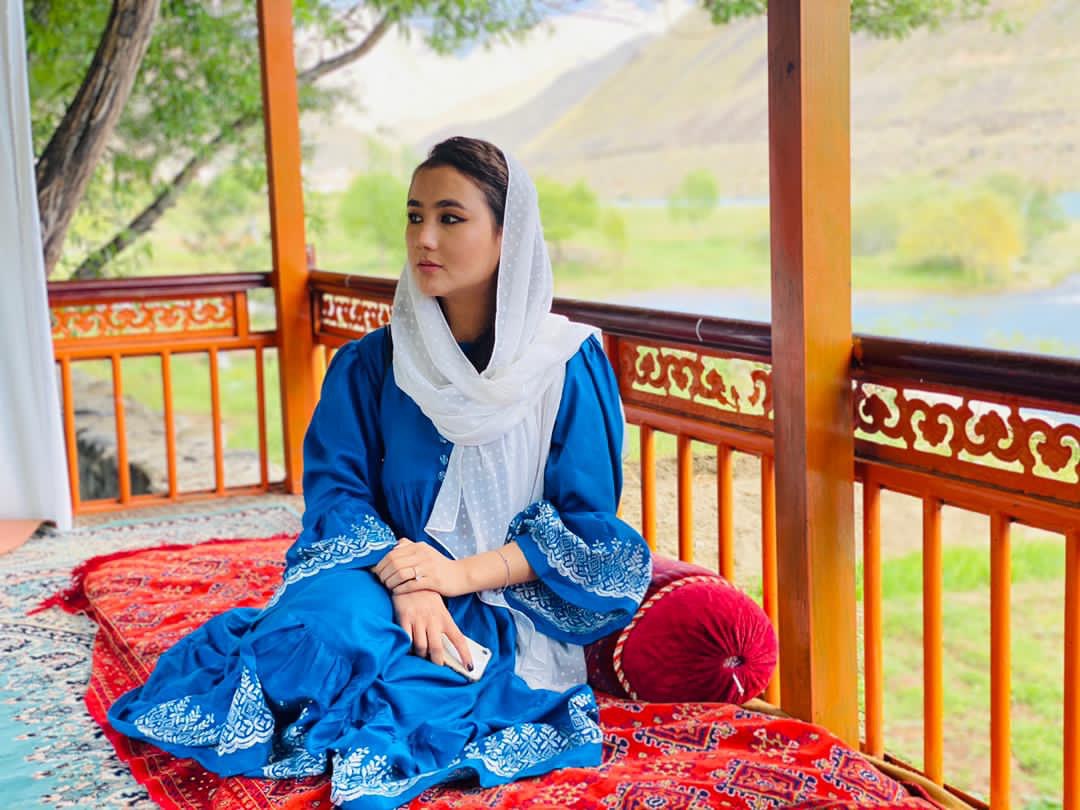
Farzana Nazari, an employee of an international organization, is one of the young women who uses Hazaras cloth and ornaments, which she has designed herself, in most family and public ceremonies.
Her cloth designs are a combination of traditional and modern designs in order to have innovation in the design of her clothes. She learned embroidery 3 years ago in order to innovate her clothes and use new patterns in them.
Ms. Nazari embroiders during her free time and she makes her own new embroidered clothes and uses them now and then. “I prefer to use traditional clothes instead of the imported ones.” She said. It helps us to wear our favorite designs and also introduce our rich culture to the world. I frequently see the people who try to take abroad at least one Hahzaras cloth and it is a very effective way to introduce our identity.”
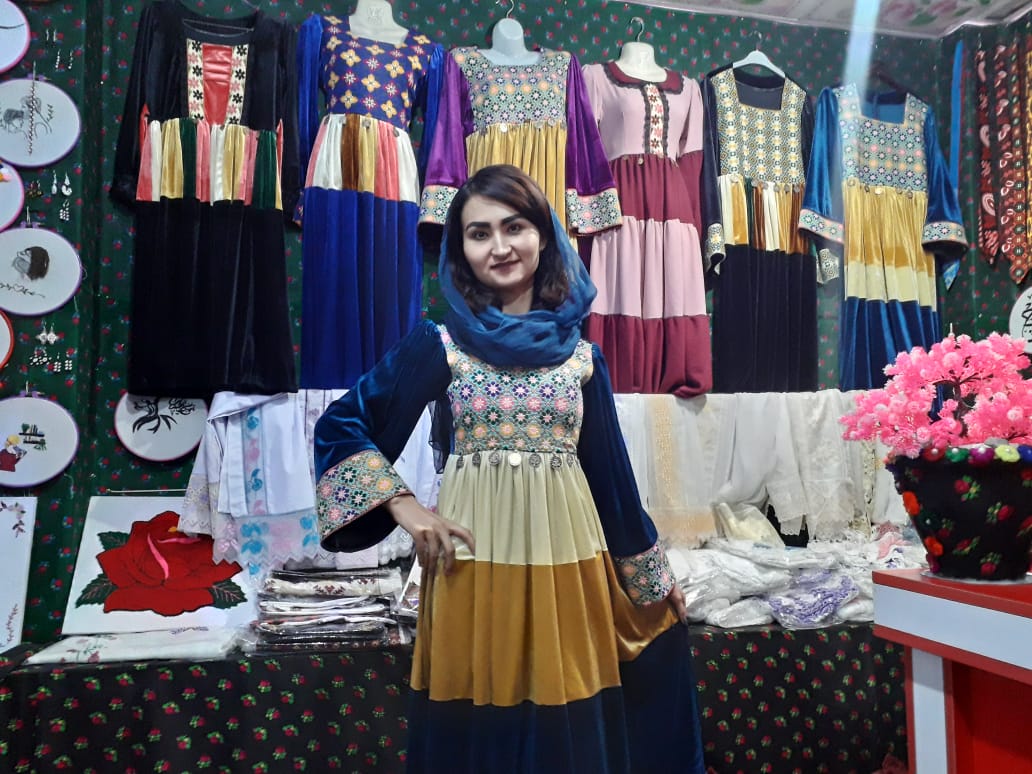
Kamila Kiarank Saadat is one of the entrepreneurs of Kabul who mainly produces and sells Hazaras’ traditional clothes.
She has been working in Hazaras Clothes and Ornaments industry for four years and has many men and women employees from different provinces of the country. “Most of her customers are Afghans living abroad because the local people can’t afford them due to economic poverty.” She said.
Ms. Saadat has seen the progress and introduction of Hazara culture and products beside the Afghani Gand in the local and international markets during the last four years. However, she does not have a good outlook for the future as she has witnessed ethnic and gender marginalization by different policies in the country.
Some garments such as dudamina, golangar and shal and etc. have been attributed to Hazaras due frequently use of Hazaras women, they were used largely in the past decades and they are once more popular now.
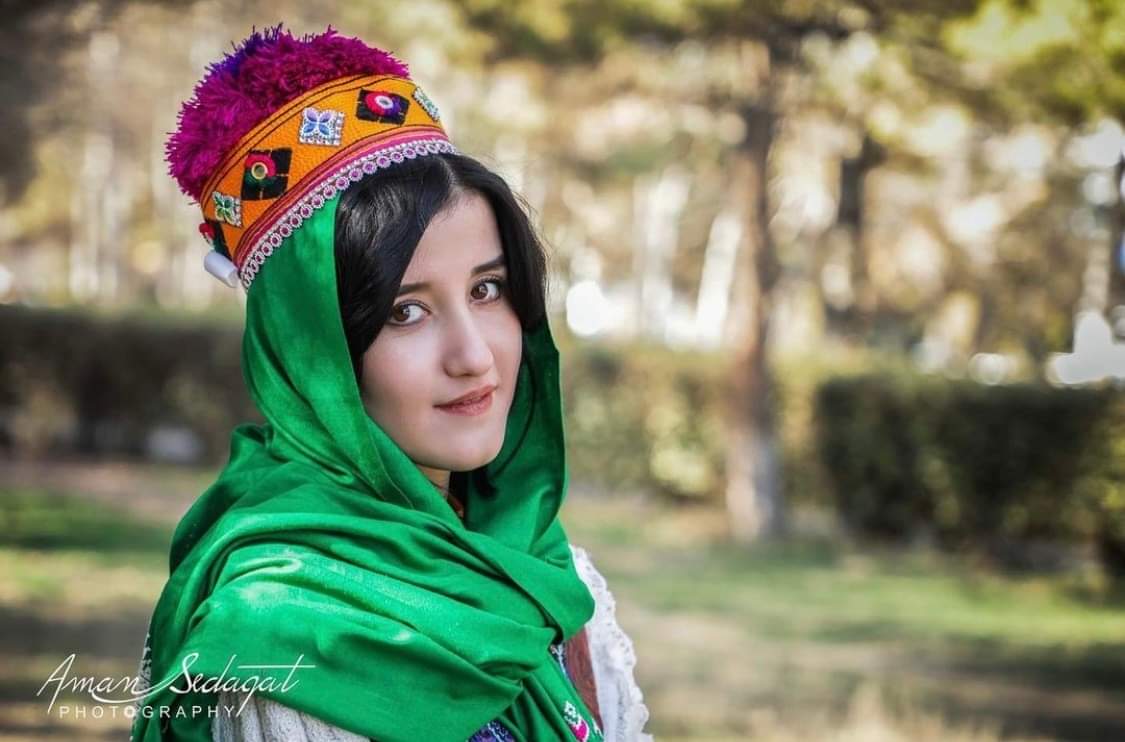
Aziza Raihan, one of the former presenters of a private TV, loves Hazaragi music and clothes. She loves the songs of Zaher Howaida, Daud Sarkhos and Abe Mirza songs. Many women are involved in the handicrafts industry and make a livelihood through them. “Hazaras women are very skillful. We can innovate and introduce new designs to the market and improve these women’s handicraft industry.” She said.
She also said, “We can keep alive our old culture and try to preserve our identity in order our culture and identity to be not forgotten.”
Hazaras clothe has crossed the boundaries of the Hazaras community, and now many Afghan women and girls of other ethnic groups use them as a sign of cultural plurality and diversity.
Wahida Faizi, a well-known reporter and a non-Hazara, who lives in abroad celebrated Hazaras Culture Day by wearing Hazaras cloth and congratulating the day to the those who celebrate it.
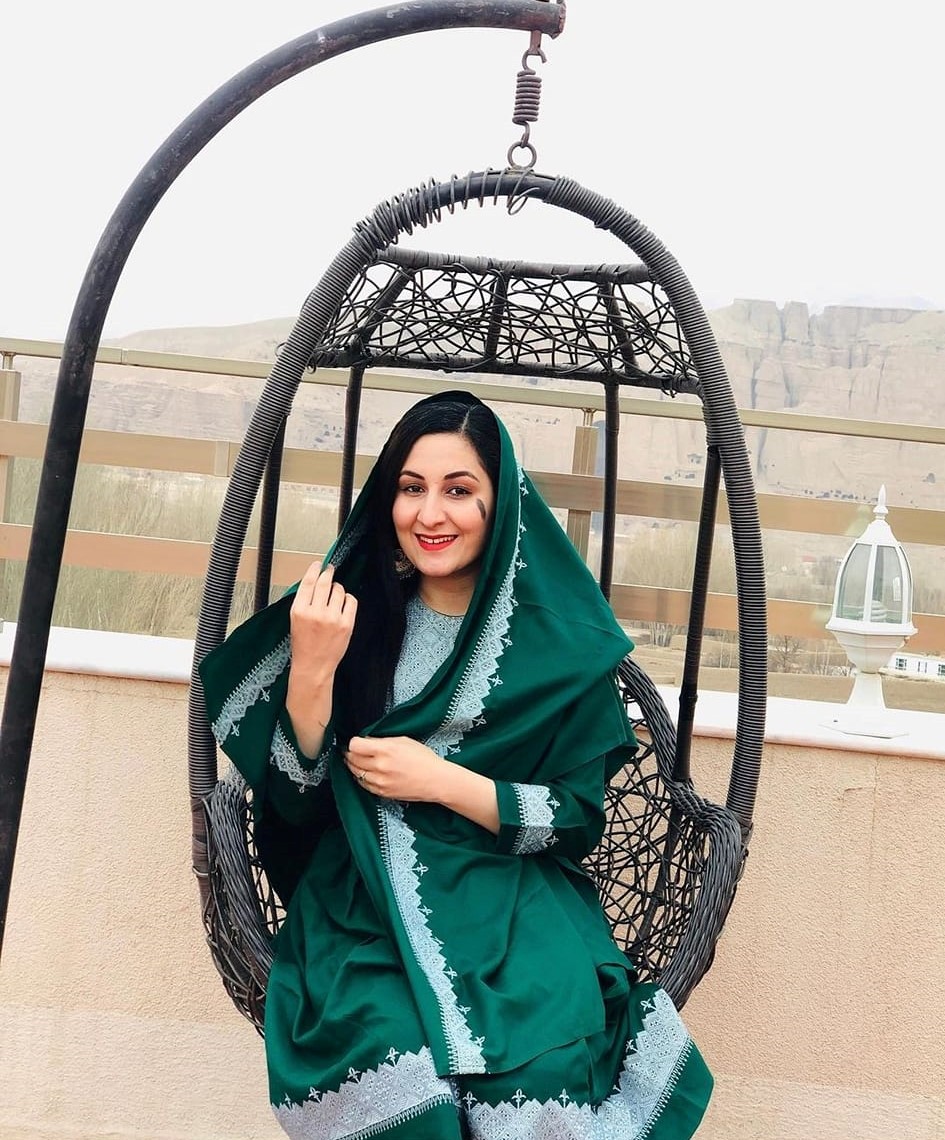 There are several restaurants across Afghanistan serving Hazaras food which has their own fans.
There are several restaurants across Afghanistan serving Hazaras food which has their own fans.
During the past years, many people including members of other Afghan ethnic groups have celebrated Hazaras Culture Day on the social media. Businessmen and women and those who love Hazaras culture deem such events very important for the national unity and forming a pluralistic society; However, according to Shariati Sahar, deciding to name a specific day as Hazaras Culture has been taken in a hasty manner. Because it must be given good thought and there shall be consultations with different groups and then it shall name after a specific event like birthday of an academic, political or cultural figure or any other important event.
But he considers such a day as very important in order to preserve sub-cultures and other cultural heritages and to not be forgotten due to the passing of time or socio-political developments or neglecting of them.
Shariati Sahar believes such days shall not be celebrated only by focusing on Hazaras clothing and ornaments but must be celebrated with a focus on studying books, conducting research, and holding festivals and seminars.



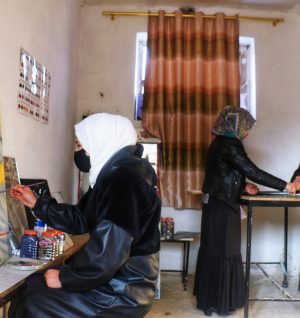
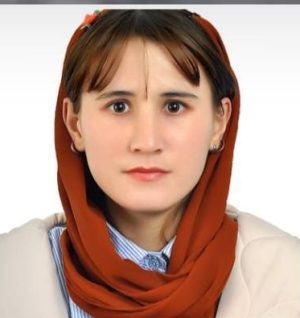
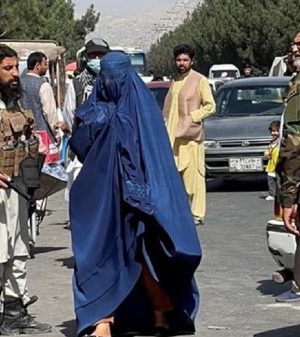
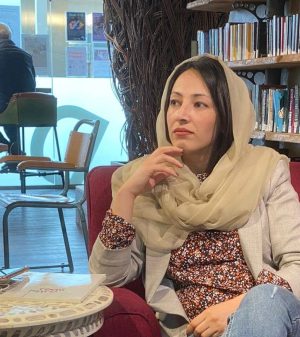
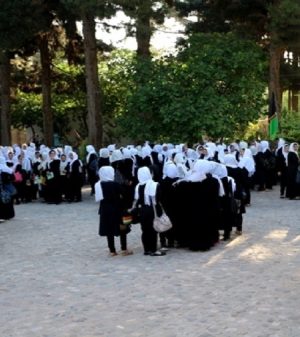


Add Comment